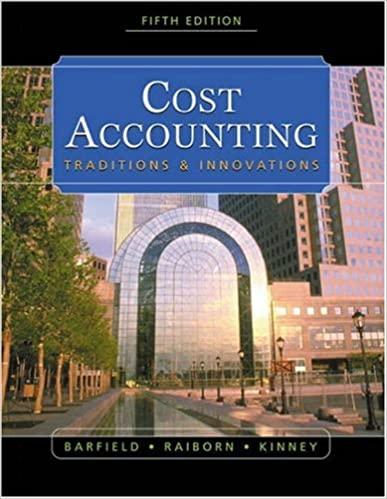40. (Product complexity) Tektronix Inc. is a world leader in the production of electronic test and measurement
Question:
40. (Product complexity) Tektronix Inc. is a world leader in the production of electronic test and measurement instruments. The company experienced almost uninterrupted growth through the 1980s, but in the 1990s, the low-priced end of the Portables Division product line was challenged by an aggressive lowprice strategy of several Japanese competitors. These Japanese companies set prices 25 percent below Tektronix’s prevailing prices. To compete, the division needed to reduce costs and increase customer value by increasing operational efficiency.
Steps were taken to implement just-in-time delivery and scheduling techniques, a total quality control program, and people involvement techniques that moved responsibility for problem solving down to the operating level of the division. The results of these changes were impressive: substantial reductions in cycle time, direct labor hours per unit, and inventory levels as well as increases in output dollars per person per day and operating income. The cost accounting system was providing information, however, that did not seem to support the changes.
Total overhead cost for the division was $10,000,000; of this, part (55%) seemed to be related to materials and the remainder (45%) to conversion. Material-related costs pertain to procurement, receiving, inspection, stockroom personnel, etc.
Conversion-related costs pertain to direct labor, supervision, and process-related engineering. All overhead was applied on the basis of direct labor.
The division decided to concentrate efforts on revamping the application system for material-related overhead. Managers believed the majority of material overhead (MOH) costs were related to the maintenance and handling of each different part number. Other types of MOH costs were costs due to the value of parts, absolute number of parts, and each use of a different part number.
At this time, the division used 8,000 different parts and in extremely different quantities. For example, annual usage of one part was 35,000 units; usage of another part was only 200 units. The division decided that MOH costs would decrease if a smaller number of different parts were used in the products.
SOURCE: Adapted from Michael A. Robinson, ed., Cases from Management Accounting Practice, No. 5 (Montvale, N.J.:
National Association of Accountants, 1989), pp. 13–17. Copyright by Institute of Management Accountants (formerly National Association of Accountants), Montvale, N.J.
a. Give some reasons that materials overhead (MOH) would decrease if parts were standardized.
b. Using the numbers given above, develop a cost allocation method for MOH to quantify and communicate the strategy of parts standardization.
c. Explain how the use of the method developed in part
(b) would support the strategy of parts standardization.
d. Is any method that applies the entire MOH cost pool on the basis of one cost driver sufficiently accurate for complex products? Explain.
e. Are MOH product costing rates developed for management reporting appropriate for inventory valuation for external reporting? Why or why not?
Step by Step Answer:

Cost Accounting Traditions And Innovations
ISBN: 9780324180909
5th Edition
Authors: Jesse T. Barfield, Cecily A. Raiborn, Michael R. Kinney





